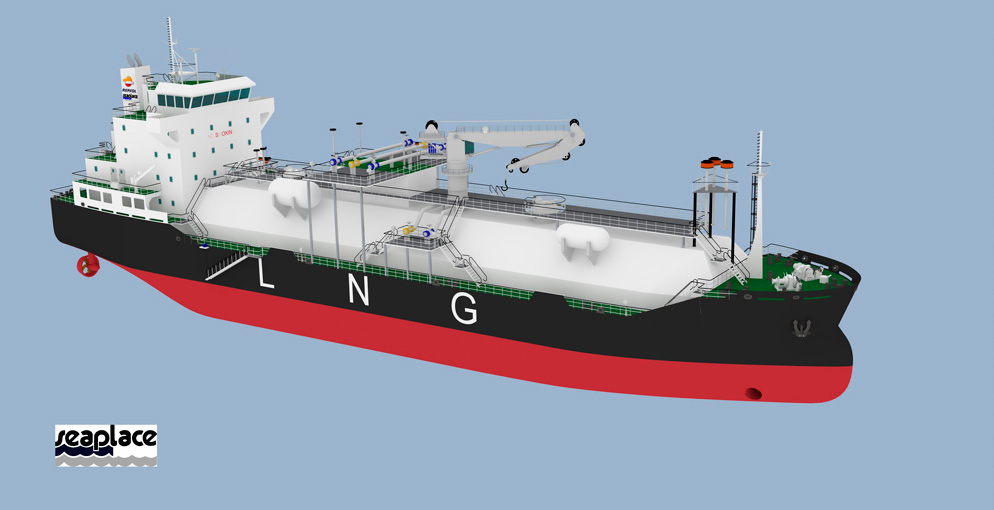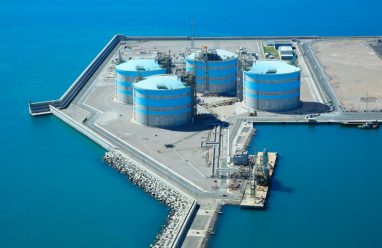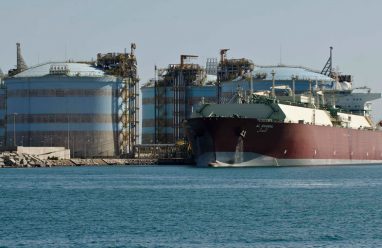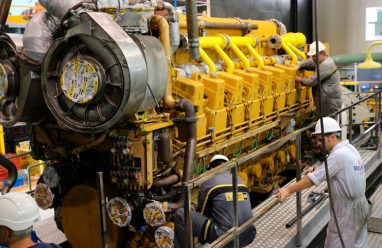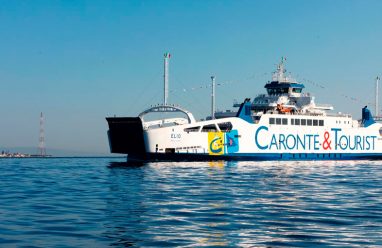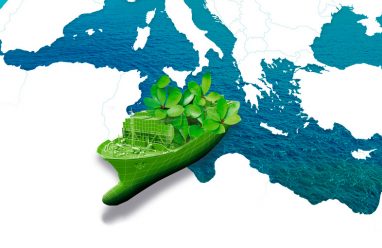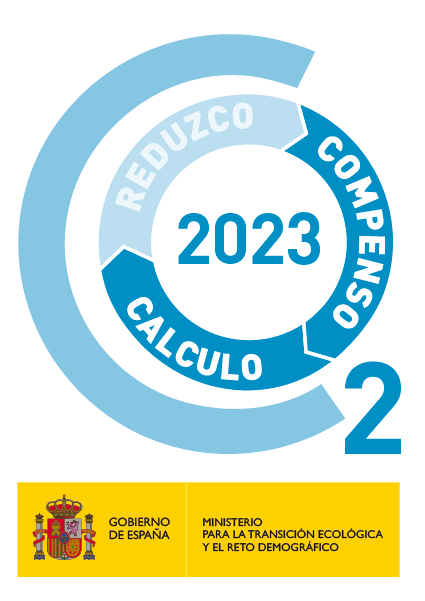The main objective of the Bunker Logix project was to carry out a study to evaluate and design an optimized LNG supply chain in the key ports of the Spanish Mediterranean, building on the existing infrastructure. In addition, it was aimed at designing an LNG bunkering ship in order to offer a flexible supply solution in different locations along the Mediterranean coast.
An additional project objective was to create an optimal level of demand for LNG in the medium term, in order to provide an economic justification for the investment made to set up the LNG supply chain.
The specific project objectives were as follows:
- Design of an LNG supply chain incorporating a bunkering barge and the use of the regasification infrastructure in Spain.
- Detailed analysis of the operational implications of the activities required to implement LNG bunkering in the Spanish ports covered by the project, as well as of the permits needed for its eventual development.
- Identification of the technical requirements of the LNG bunkering barge, detailing any technical, contractual or regulatory requirements that may have an impact on LNG loading at the regasification terminal.
- Quantification of the demand needed to ensure a critical mass for investment in LNG facilities.
- Contribution to the setting of standards in the LNG supply chain, attempting to harmonize current industry practices in the North Sea and the Baltic with progress at the European Commission level.
- Development of a road map and identification of the critical path for obtaining the operating permits required for Spanish LNG terminals to bunker ships for both cabotage and international transport.
This project was a pioneering initiative that enabled Spain to evaluate solutions for LNG bunkering services similar to those available in other locations in Northern Europe, in anticipation of the entry into force of legislation on environmental controls (ECAs). It also provided the core ports of the Spanish Mediterranean with the equipment needed to offer LNG bunkering services to ships by 2020, following the guidelines proposed by the TEN-T agency .
The study identified the requirements for the design of a ship for LNG bunkering, taking into account the logistical, technical, legal and regulatory factors, as well as the demand. In terms of the ship, the project included a conceptual study of the design of the ship’s engineering and supply chain, a technical feasibility study, as well as a study of the availability of shipyards for its construction and current delivery times for both new constructions and retrofits. In parallel, for each of the selected locations, a detailed analysis was conducted of the activities required to carry out LNG bunkering, accounting for aspects such as the availability of areas to provide bunkering services, loading operations, handling, implications for port traffic, and weather conditions.

